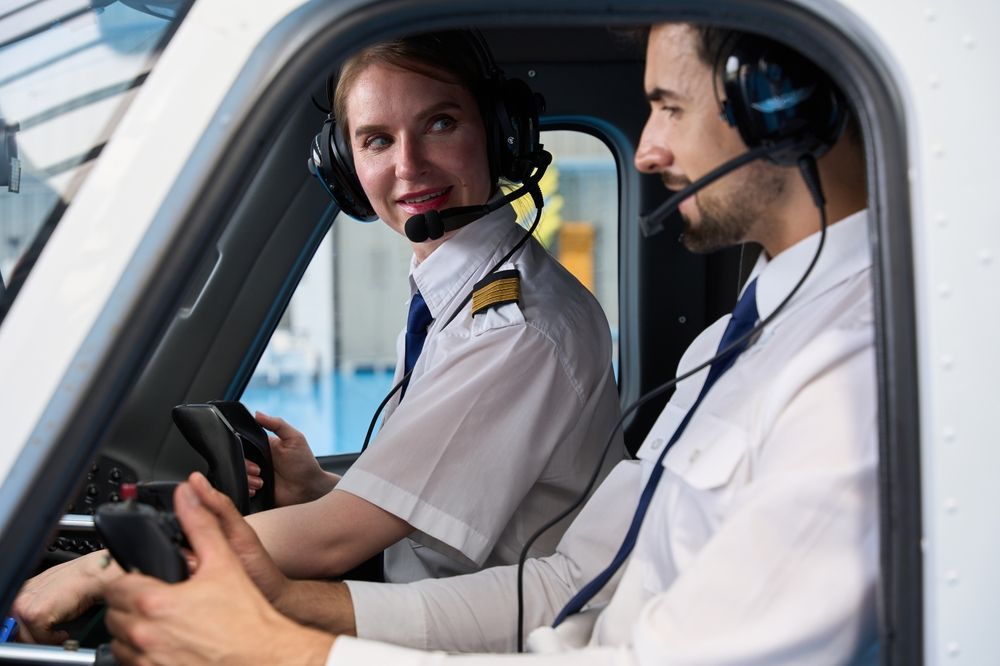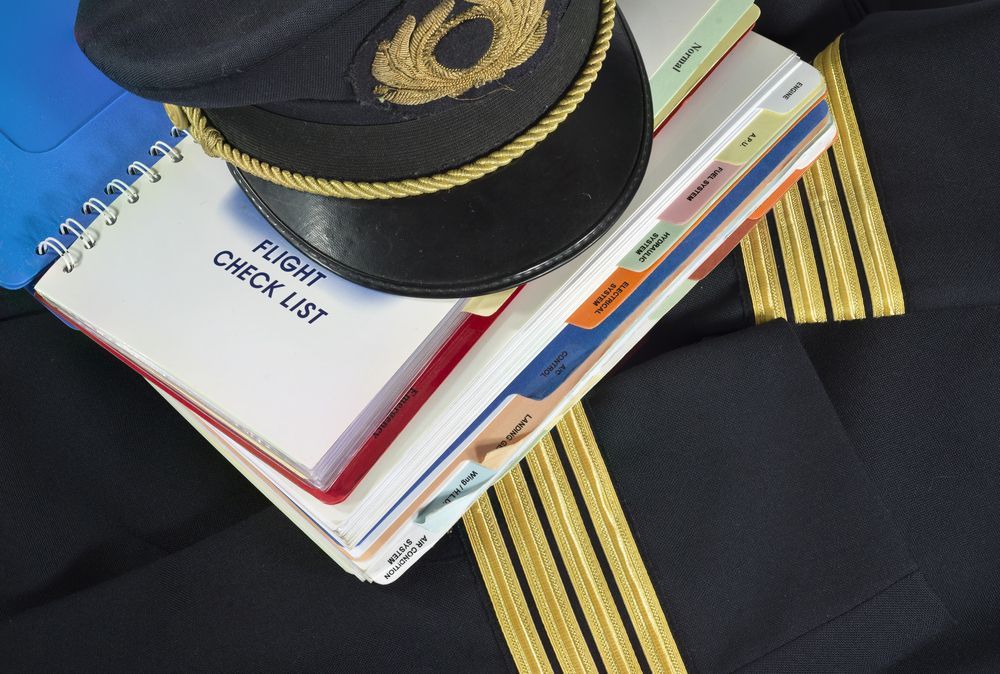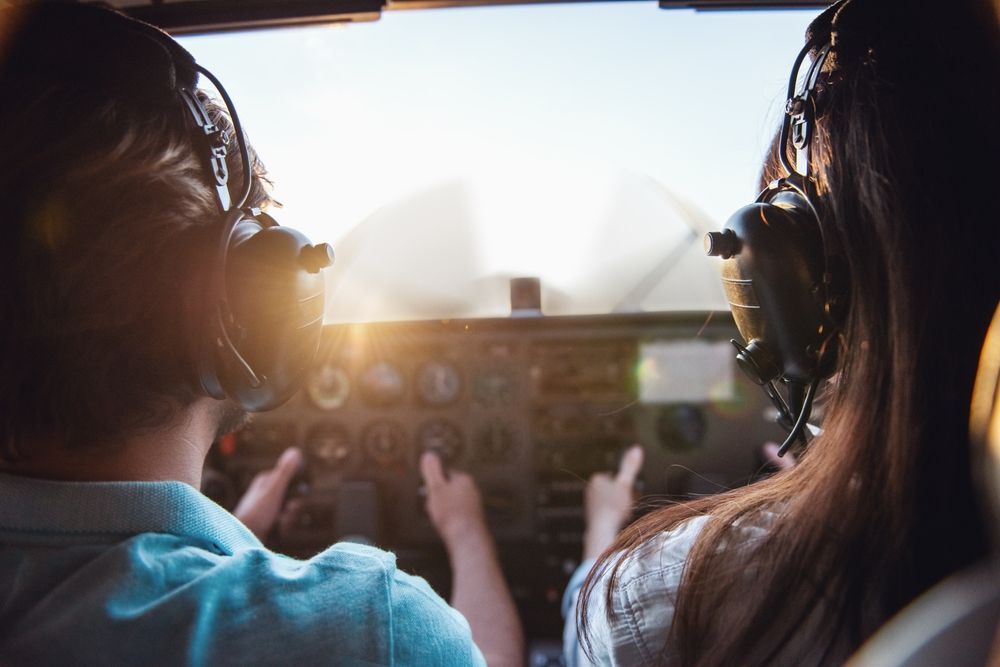The Top Benefits of Recurrent Flight Training
Share this article:
Recurrent Training Guide Overview
- Why Training Matters Today
- Benefits for Career Pilots
- Our Training Approach
- Is Training Worth the Investment?
- Enroll in Our Program
Flight skills fade without consistent use. Even experienced pilots notice slower decision-making or reduced confidence after time away from the cockpit. Recurrent flight training helps sharpen those skills, reduce complacency, and prepare pilots for unexpected situations. It’s also an FAA requirement in many professional roles, including airline and charter operations.
This training goes beyond meeting minimums. It helps pilots improve their comfort level during complex procedures, revisit technical knowledge, and identify habits that may be holding them back.
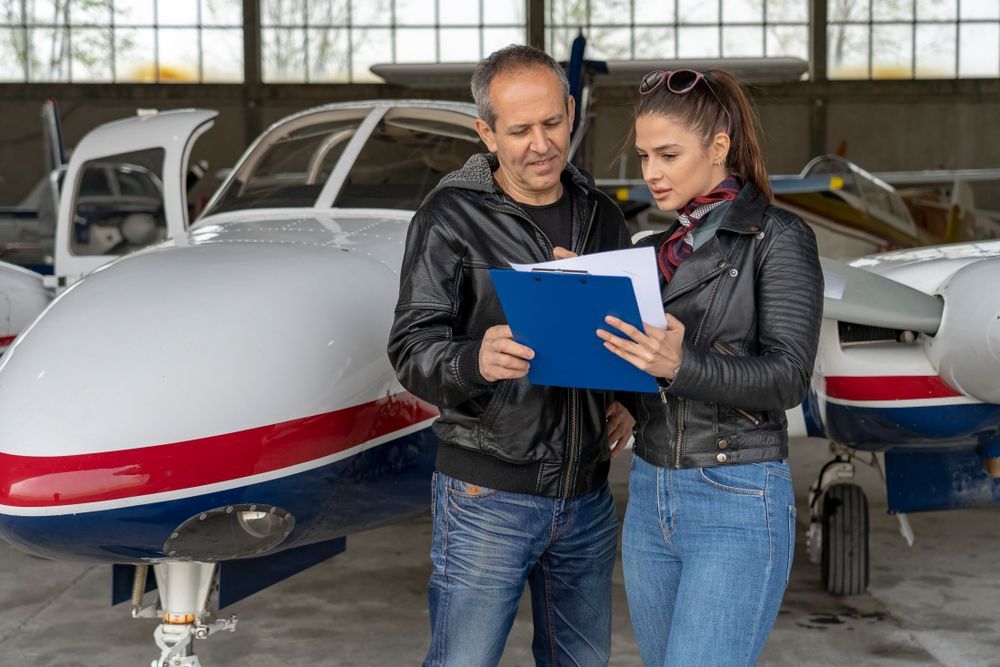
Why Recurrent Flight Training Matters Today
Modern cockpits look different than what they did even five years ago. New avionics, evolving procedures, and updated FAA guidance all impact how pilots fly. Staying active in recurrent training helps licensed pilots stay in step with those changes.
In many cases, employers and insurers want to see proof of recent training. That’s especially true for those flying jets, turboprops, or complex piston aircraft. For professional pilots, keeping a training record up to date adds credibility. It also opens doors to more job opportunities and upgrades.
But training isn’t only about staying current on paper. Pilots who revisit systems knowledge and flight maneuvers regularly tend to stay sharper. They recognize risks sooner, fly more confidently in busy environments, and respond more effectively when things don’t go as planned.
Reasons Why Career Pilots Need Recurrent Flight Training
Professional flying demands consistency. Pilots moving passengers, hauling freight, or handling repositioning flights are expected to perform at a high level every time. Recurrent flight training helps support that performance. It reinforces key skills, introduces updated procedures, and prepares pilots for high-pressure situations.
The benefits carry into every phase of flight. Pilots who train regularly tend to fly with more focus, make faster decisions, and handle abnormal situations more smoothly.
Improve Pilot Efficiency
Even experienced pilots develop small inefficiencies over time. It might show up during flight planning, in how cockpit tasks are managed, or in radio communication. Recurrent flight training gives pilots a chance to tighten up those weak spots.
Flying with an instructor or training partner creates space for honest feedback. Small corrections can lead to smoother checklists, faster flows, and better time management in the air. It also supports fuel-efficient flying, reduces mental workload, and improves coordination in crew environments.
Expand Your Knowledge and Skillset
Flying regularly builds comfort, but that routine can also create blind spots. Recurrent flight training gives pilots the chance to revisit less common procedures, sharpen instrument flying, and stay current on changes in airspace or regulations.
It also creates space to explore new skills. That could mean learning to fly with updated avionics, reviewing automation management, or practicing approaches into unfamiliar or challenging airports. For career pilots, this kind of exposure builds confidence across different scenarios.
Over time, that broader skillset translates into more flexibility in flight assignments and better long-term growth.
Enhance Decision-Making and Problem Solving
Good decisions in the cockpit come from experience, but also from repetition and review. Recurrent flight training gives pilots the chance to practice making calls under pressure, without real-world consequences. This type of scenario-based training helps sharpen judgment in areas like weather avoidance, diversion planning, and fuel management.
It also helps identify patterns in thinking. Pilots may catch a tendency to rush, hesitate, or miss key cues in high-stress moments. Working through those scenarios in training builds more deliberate, confident responses during actual flights.
Strengthen Flight Safety Practices
Good flying relies on consistent habits. Recurrent training helps reinforce the basics, including briefings, flow checks, sterile cockpit procedures, and workload management during busy segments of flight.
It’s also a chance to reset. Over time, small deviations can creep into routines. Spotting and correcting those patterns during training helps prevent them from turning into larger problems later on.
Pilots who revisit these safety fundamentals regularly tend to fly with more discipline. Crews notice the difference, and the cockpit runs more smoothly because of it.
Our Approach to Recurrent Flight Training
Recurrent training at JA Flight is shaped around each pilot’s background and flying experience. Some are preparing for a Part 135 check ride. Others want to stay sharp in turbine aircraft or rebuild IFR confidence. The focus stays on what matters most to the type of flying you do.
Our instructors bring years of experience from airline, corporate, and charter operations. They work with you to refine decision-making, tighten up procedures, and reinforce consistent cockpit habits. Sessions focus on realistic scenarios and actionable feedback, not just going through the motions.
Training takes place in well-equipped aircraft and advanced
simulators. The atmosphere stays professional but relaxed, giving pilots space to ask questions, work through challenges, and leave feeling more capable.
Should You Invest in Recurrent Flight Training?
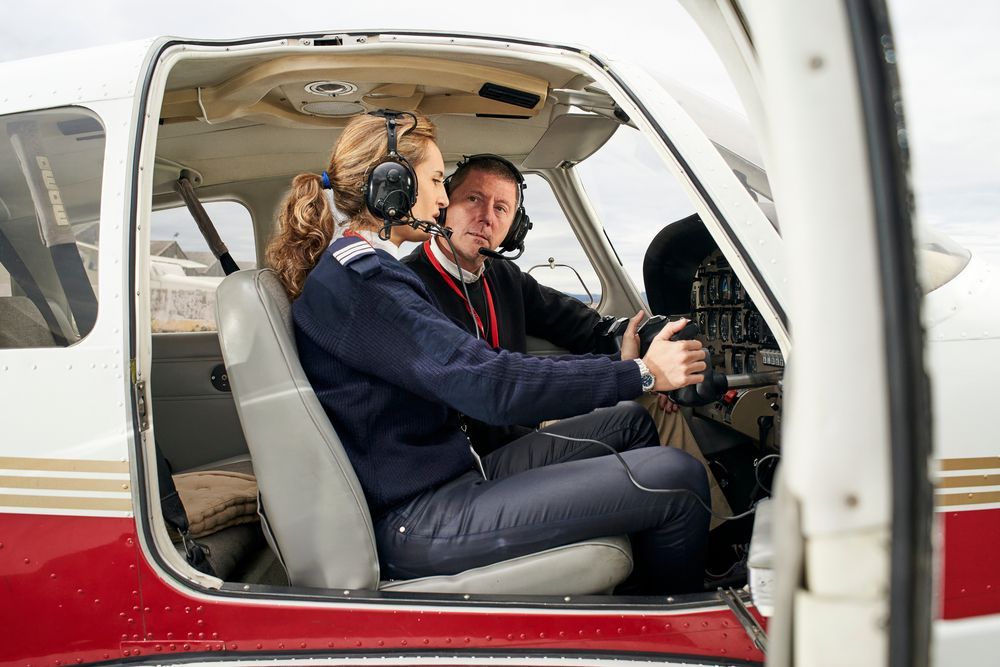
If you plan to fly professionally, keep a seat, or move into more advanced aircraft, recurrent training is part of the job. But even for pilots outside of Part 135 or 121 operations, it’s worth the time. Confidence fades without regular review. So do good habits.
Recurrent flight training helps you stay sharp and competitive. It also keeps you in a better position for job opportunities, insurance coverage, and safer day-to-day flying.
If it’s been a while since your last formal training session, now’s the time to reset and build forward.
Enroll in Our Recurrent Training Program Today
J.A. Flight Training works with pilots who take their skills seriously and want to keep progressing. Our recurrent training helps meet that goal. Some pilots are preparing for a check ride. Others need to meet insurance requirements or sharpen specific procedures they haven’t practiced in a while.
Each session focuses on real-world flying. You'll revisit important techniques, run through practical scenarios, and walk away with a clear sense of what to refine next.
Get in touch with J.A. Flight Training to schedule your
next session. We’re located at Aurora Municipal Airport and ready to help you keep moving forward.
Connect with Us:
